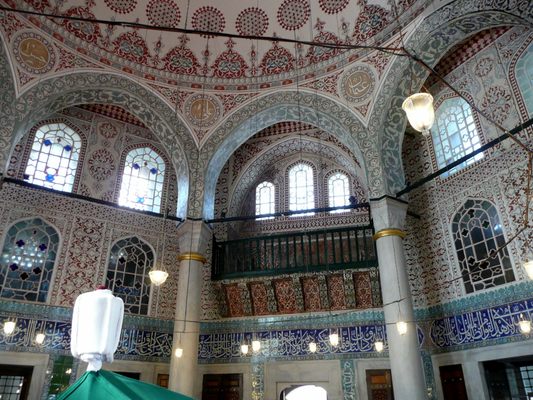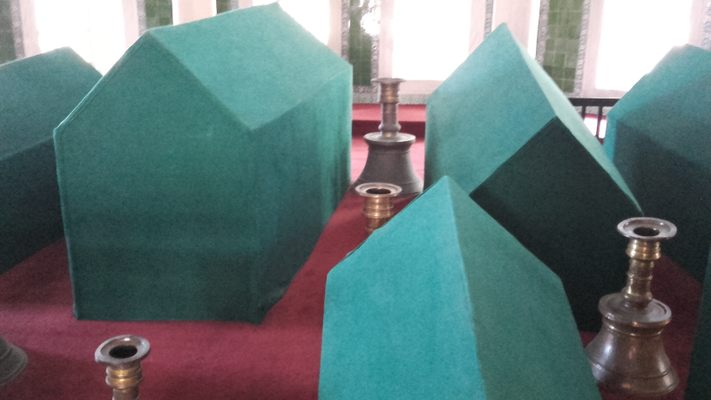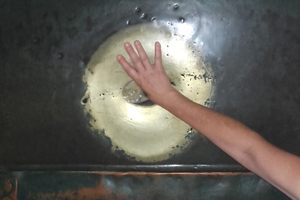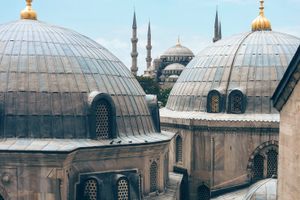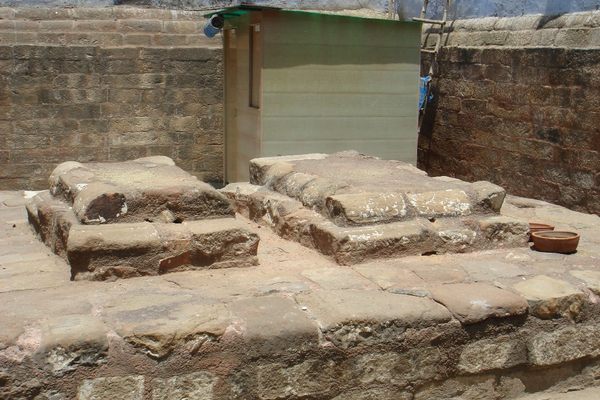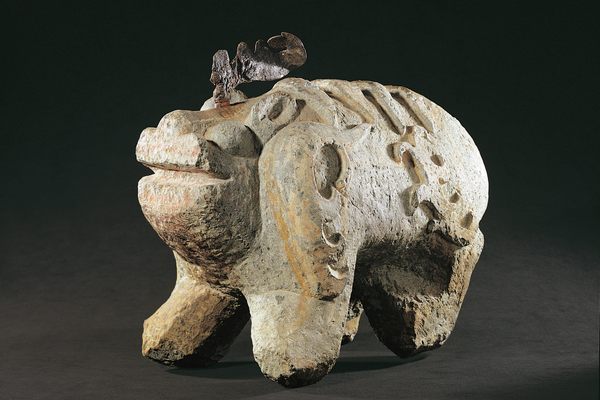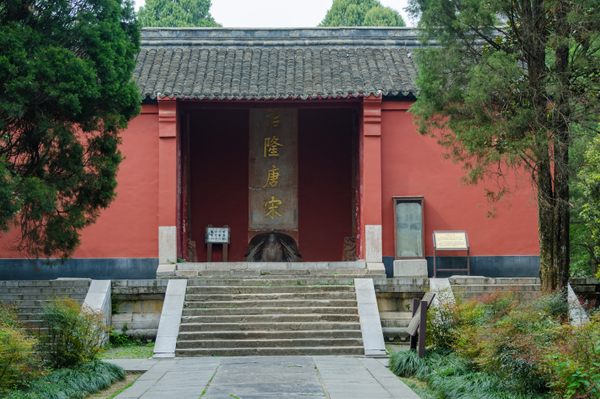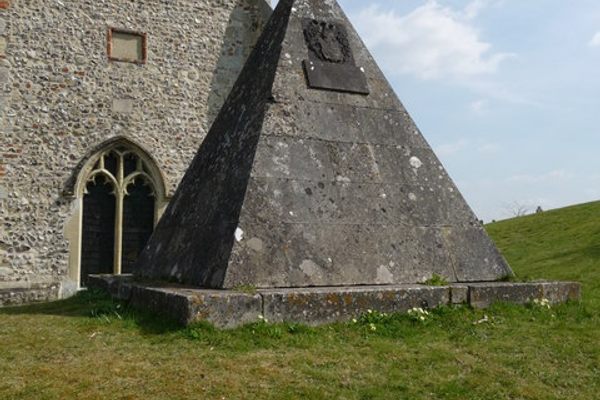About
Thanks to the Ottomans' incredible sense of aesthetic, the tombs of Mehmed III, Selim II, Murad III, İbrahim I and Mustafa I more closely resemble stunning palaces in tribute to the memory of sultans past than what likely leaps to mind when conjuring images of eternal resting places for ancient, deceased royals.
The complex itself is arranged in a linear formation along the periphery of the Hagia Sophia. Often overlooked and quite literally overshadowed by what is possibly Istanbul's most iconic sight, the tombs date from as early as 1574 and make extraordinary use of tilework, calligraphy, and paintwork. No two are alike, despite sharing common motifs arranged according to the preference of their designers, several of which were designed by the famous architect Mimar Sinan.
With doors flung open to the public, the sultans and their families retain their dignity and privacy by way of shrouds of an impenetrable emerald green color draped over their sarcophagi. Sloping at crisp angles, standing bold against a field of fine ornate tiles, these eternal family portraits are uniquely striking.
The closer one looks at the details, the more fascinating the sultans' tombs become. Particularly true of this is the tomb of Sultan Selim II. On the architectural front, the fine blue tiles on the door's left side appear lighter in color due for the originals were removed in 1895; sent to France for restoration, they somehow ended up in the Louvre, where they remain to this day. The pale blue tiles on the tomb's door are replacements that don't quite match the originals on the opposing door.
Similarly, though the sarcophagi themselves are intentionally anonymous under deceptively uniform shrouds, a look into the backstory of each family reveals the humanity and drama hidden beneath. Selim II's tomb is noticeably packed with family members, many of whom seem oddly small at the time of their deaths. Though not posted anywhere inside, history reveals that during the course of one single night in 1574, five of his younger sons were murdered to ensure Murad III's succession. But it doesn't stop there… 19 of Murad's own sons also can be found resting alongside him, murdered to ensure his eldest's succession, after which point the grisly practice of fratricide was put to an end.
Imagine: this describes just one of the five tombs resting in the shadow of Hagia Sophia. The rest of the details – beautiful and chilling – await your deep dive into the individual lives of the sultans, their wives, each architect, and their designers. They'll be there waiting, ever so patiently.
Related Tags
Know Before You Go
Located at the southeast corner of Hagia Sophia
Community Contributors
Added By
Published
March 7, 2016






